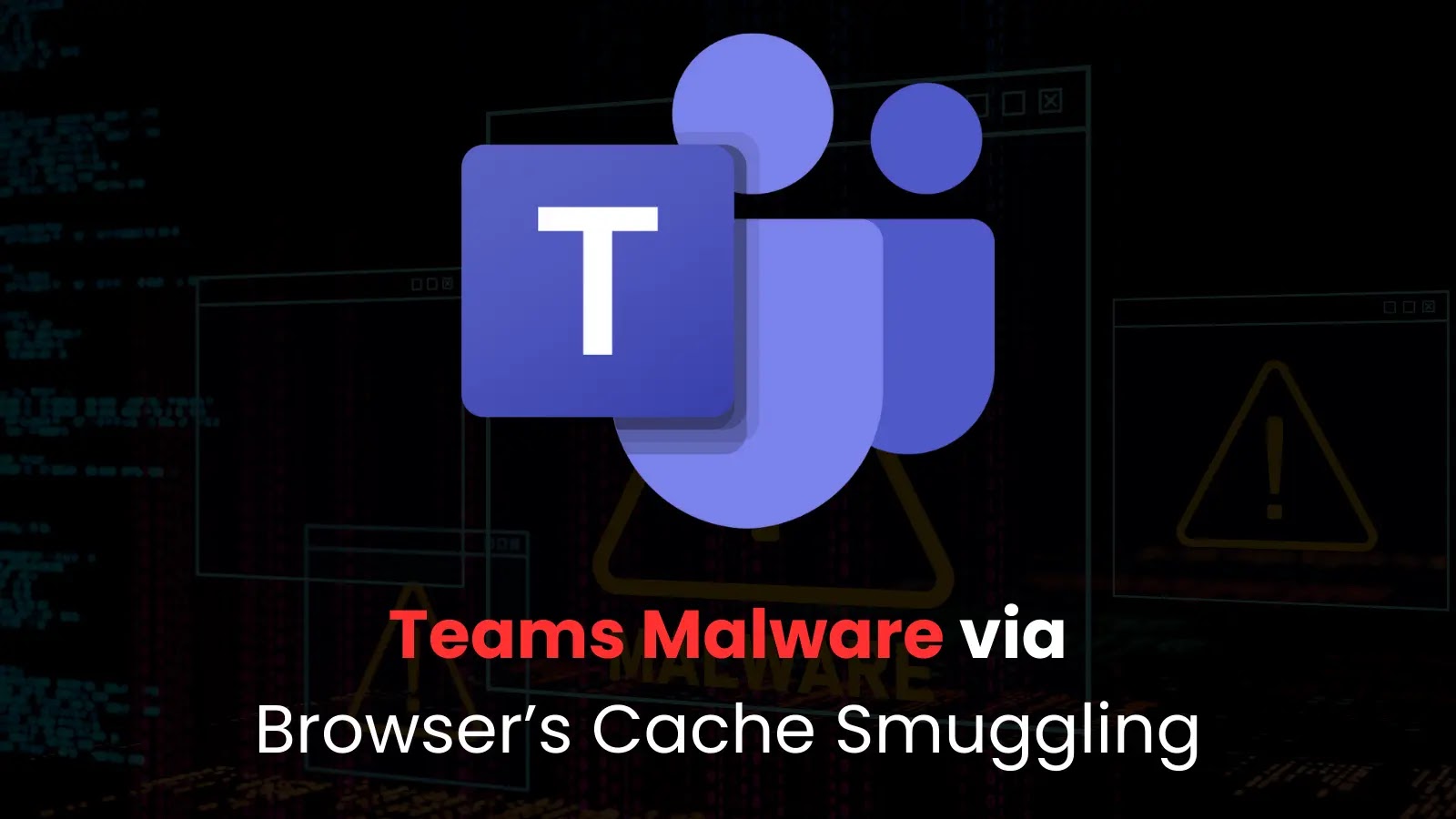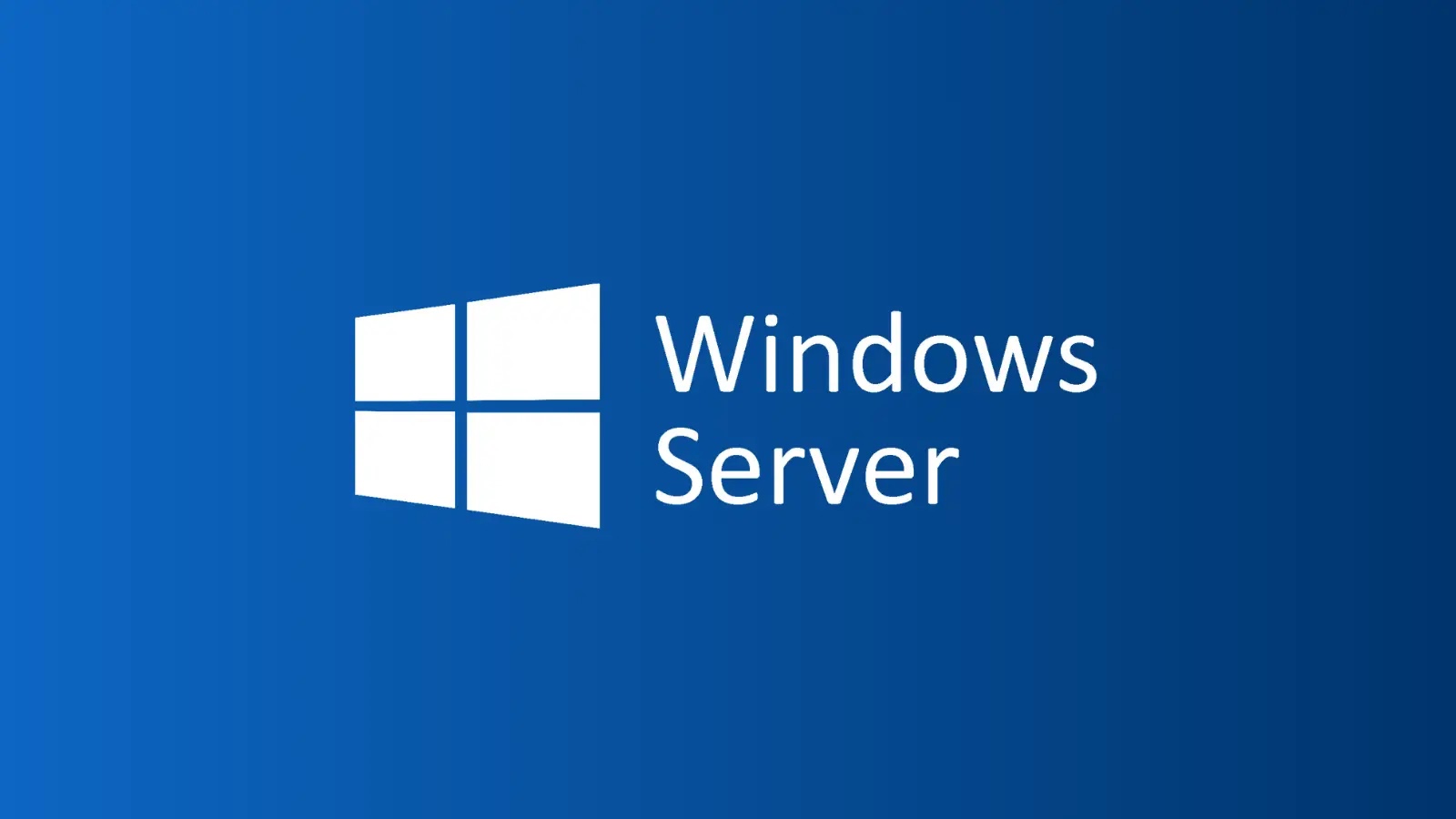A sophisticated cyberattack technique known as Browser Cache Smuggling has emerged, enabling attackers to deliver malware through Microsoft Teams and OneDrive by exploiting browser caching mechanisms and DLL proxying.
Understanding Browser Cache Smuggling
Modern web browsers cache static resources like images and JavaScript files to enhance performance. Attackers exploit this feature by embedding malicious DLL files within web pages, disguising them as harmless content. By manipulating the `Content-Type` headers, the browser caches these DLLs, mistaking them for legitimate resources. For instance, an attacker might embed a hidden `` tag in a webpage, prompting the browser to cache the DLL under the guise of an image file.
The Role of DLL Proxying
To maintain the functionality of applications and evade detection, attackers employ DLL proxying. This involves placing a malicious DLL in the application’s directory, which the application loads, believing it to be legitimate. The malicious DLL proxies legitimate function calls to the original DLL while executing its payload, such as establishing a command-and-control (C2) connection. This method ensures the application operates normally, reducing the likelihood of raising suspicion.
Targeting Microsoft Teams and OneDrive
Microsoft Teams and OneDrive are particularly attractive targets for this attack due to their widespread use and the fact that they run with user privileges, allowing DLL hijacking without administrative rights. Attackers can use PowerShell scripts to search the browser cache for the smuggled DLL and copy it to the application’s directory. For example, a script might search Firefox’s cache and copy the malicious DLL to Teams’ directory, enabling the attacker to hijack the process.
Implications and Mitigation Strategies
This attack technique bypasses traditional network-based defenses by leveraging legitimate browser behavior and concealing malware within trusted processes. Given the extensive reliance on Microsoft 365 applications, this method poses a significant risk to organizations. To mitigate such threats, organizations should implement layered security measures, including:
– User Education: Train employees to recognize and report suspicious activities and social engineering attempts.
– Application Hardening: Restrict applications from loading DLLs from user-writable directories.
– Regular Audits: Conduct periodic reviews of application directories for unauthorized files.
– Endpoint Detection and Response (EDR): Deploy EDR solutions to monitor and respond to unusual behaviors.
As browsers and enterprises adopt stricter cache policies, understanding and defending against evolving attack surfaces like Browser Cache Smuggling becomes imperative.



